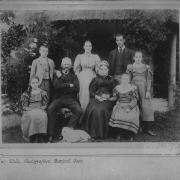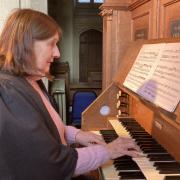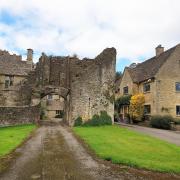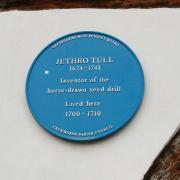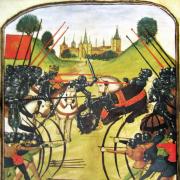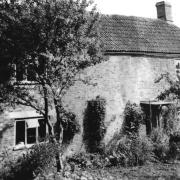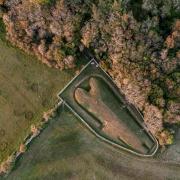Cirencester’s Corinium Museum, renowned for its Roman collections and exhibits, has travelled further back in time with the opening of the new, immersive Stone Age to Corinium Galleries.
The award-winning museum, which is known for taking visitors on a journey through time, charting the development of the Cotswolds from its prehistoric landscape to the modern day, has even more exciting offerings currently within its galleries, including those exclusively on loan from The British Museum.

The displays incorporate some old favourites, while also highlighting remarkable and previously unseen objects. Two such objects have just arrived, on loan from the British Museum, and will form part of the Bronze Age display in the new galleries. The objects are a bronze ribbed bracelet, the first of its kind to be found in the Cotswolds, and an exceptional flint dagger. Both objects are from two Bronze Age Beaker Burial graves discovered in Shorncote Quarry, located in the Cotswold Water Park, Gloucestershire.
Collections development officer Dr Alison Brookes says:‘These two objects are nationally important finds discovered in a pair of Beakers burials excavated at Shorncote Quarry, Somerford Keynes in the early 1990s. The excavations revealed the most extensive Bronze Age settlement in the county including the two Beaker burials.

‘The bronze ribbed bracelet, is similar in design to gold examples which have been found in other parts of Britain. It is of particular interest to museum curators because analysis has revealed that the metalworking techniques used to make it were developed here in Britain – making it British-made. The bracelet is over 3,500 years old.
READ MORE: Outdoor and drive-in cinema screenings in the Cotswolds.
‘The flint dagger is an extraordinary find,’ Alison continues. ‘It was discovered in a Beaker burial dating from around 2,000 BC. The grave contained the skeleton of an adult male, aged about 30-years old. The dagger, found next to a Beaker pot, has a leaf-shaped design and would have been made by a highly-skilled flint knapper. It is of exceptional quality, and to date, is the finest example found in Britain. The dagger was so well-preserved that faint traces of the original handle binding were detected.’
Museum director Amanda Hart adds: ‘Due to Covid-19 restrictions, it’s only now that we’ve been able to arrange transfer and add these remarkable objects in to the new galleries. We are delighted that the bracelet and dagger have returned home to the Cotswolds, and with the reopening of the museum, we can now showcase to our visitors. Thank you to the British Museum in loaning these rare examples for our new immersive galleries.’



SUBSCRIBE: To Cotswold Life for more inspiration on days out in the Cotswolds.





